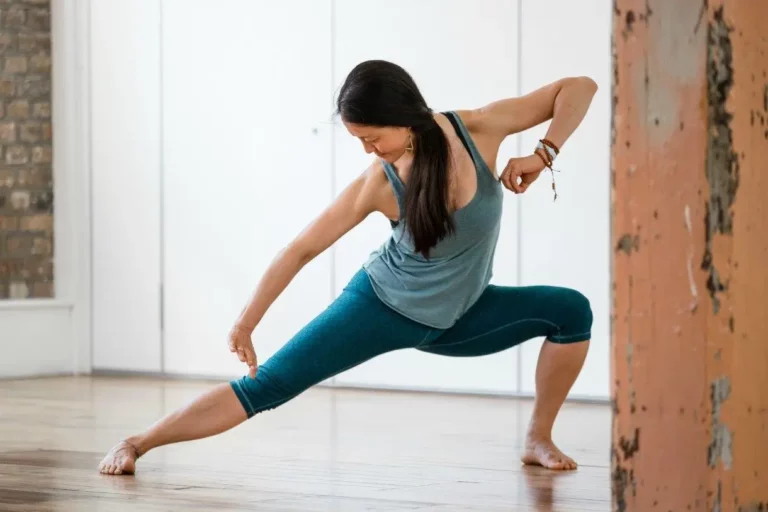Pictured: B.K.S. Iyengar (centre) teaching Sirsasana (headstand). Image source: India Today via Google
It’s iyengar yoga week for #everyonetriyoga. Read on for Guy Brickley’s introduction to B.K.S. Iyengar’s method.
Iyengar yoga is a system of hatha yoga popularised by B.K.S. Iyengar. His book, Light on Yoga, was one of the first comprehensive and instructive guides to hatha yoga postures and pranayama that was accessible for practitioners. An Iyengar yoga class combines the doing of asana with the learning how to do asana.
Here are five key aspects of the Iyengar method:
get closer for the demonstrations
Teachers will demonstrate postures to emphasise actions or shapes of an asana (posture). This is to help you to practise more safely, precisely and intensively. Demonstrations will help prevent injury and lead to a greater understanding of asana in the long term. Iyengar yoga is an experiential method of learning, and involves being “taught” how to do asanas. During a class be prepared to listen to instructions and to move closer in to observe demonstrations as subtleties will not be visible from across the room.
alignment-based practice
You will be asked to align your body (feet, arms, legs, bones and muscles) in specific ways. The aim of this is to help you as a practitioner to examine what you’re doing and achieve a “holistic” effort in your practice. Iyengar yoga teachers will also use their knowledge of the shapes and directionality of asanas to provide clear verbal and, sometimes, hands-on adjustments to guide you into the asanas.
importance of clear progression
The Iyengar system of yoga expects a lot from its teachers. This includes a thorough knowledge of sequencing, anatomy and physiology, asana and pranayama techniques as well as the philosophical aspects of yoga. Getting the class level right is very important, as Iyengar yoga teachers are trained to teach differently at different levels. If you have never done Iyengar yoga before you should start at Level 1, rather than aiming for a higher level just because you are familiar with other styles of yoga. Discuss with your teacher about moving to a higher level because, if you are experienced in asana, you can move up quickly. However, you may not have a good time if you go in at the wrong level at the wrong time.
building up to inversions
Usually, Iyengar yoga classes will include inversions (upside down postures) like Sarvangasana (shoulder stand) and Sirsasana (headstand). These will always be taught safely and progressively by the teachers who are trained and regularly assessed in the safest methods to use. This is why the structure of the body, such as the arms and shoulders for example, should be established in earlier levels first.
using props
B.K.S. Iyengar was the originator of many of the props that are used in yoga classes today, such as belts, bricks, straps, chairs and blankets. Teachers may ask you to use a prop to deepen your understanding of a posture or to help with a certain shape, action or direction. The props are not used because you can’t do something without them. Rather, they are to challenge you to explore and learn a posture beyond what you may already know.
Click here to see our Iyengar schedule
Upcoming Iyengar workshops

Iyengar workshop with Khaled Kendsi
Sat, 7 January | 14:30 – 16:30
Ealing










